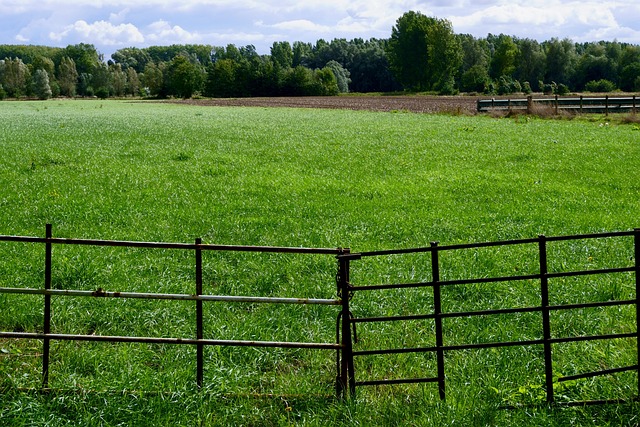In New Bedford, Massachusetts, installing a fence can transform your outdoor space, offering privacy, security, and aesthetic appeal. This guide is tailored for homeowners looking to take on this project themselves. We’ll walk you through the essential steps from planning—including obtaining necessary permits—to selecting the ideal fencing material suited for the local climate. With detailed instructions and expert tips on maintenance, ensure your DIY fence installation stands the test of time while enhancing your property’s value.
- Planning Your Fence Installation: Measurements and Permits
- Choosing the Right Fencing Material for New Bedford Climate
- Step-by-Step Guide to DIY Fence Installation
- Tips for Maintenance and Longevity of Your New Fence
Planning Your Fence Installation: Measurements and Permits
Before you start building your new fence, careful planning is key. Begin by assessing your property lines and deciding on the layout and style of your fence. Measure the perimeter of the area you want to fence in accurately with a tape measure. This will help you determine the amount of material needed and ensure your project stays on budget.
Next, check with your local New Bedford, Massachusetts authorities regarding any necessary permits. Depending on your location and the type of fence, there might be specific regulations and requirements for installation. Obtaining the right permits beforehand saves you from potential fines and delays during or after construction.
Choosing the Right Fencing Material for New Bedford Climate
When considering fencing materials suitable for New Bedford’s climate, homeowners should opt for durable options that can withstand the region’s unique conditions. The coastal environment brings salt air and moisture, which can impact wood fences over time. Therefore, a more sustainable choice might be vinyl or composite fencing, known for their resistance to rot, rust, and decay. These materials require little maintenance and come in various styles to suit different preferences.
Additionally, local building codes and zoning regulations should dictate the type of fence you choose. Some materials may have specific requirements regarding height, design, and placement, so it’s essential to research these guidelines before beginning installation.
Step-by-Step Guide to DIY Fence Installation
Installing a fence yourself can be a rewarding project for New Bedford homeowners looking to enhance their outdoor space. Here’s a straightforward guide to help you navigate the process:
1. Plan and Measure: Start by determining where your fence will go, considering local regulations and property lines. Measure the perimeter carefully, noting any unique features or obstacles like trees or existing structures that might affect placement. Create a basic layout with stakes and string for a clear visual guide during construction.
2. Choose Your Fence Type and Materials: Decide on the style (wooden, vinyl, chain-link) and color scheme to match your aesthetic preferences and home’s exterior. Gather all necessary materials, including posts, rails, pickets or panels, brackets, concrete, tools (post-hole digger, drill, level), and safety gear. Ensure you have enough supplies based on your measurements.
Tips for Maintenance and Longevity of Your New Fence
To ensure your new fence installation in New Bedford, Massachusetts stands the test of time, proper maintenance is key. Regular cleaning with a soft brush and mild detergent removes dirt and debris, preventing buildup that could weaken materials over time. Inspect your fence regularly for signs of wear, such as cracked or warped panels, loose posts, or damaged rails. Addressing these issues promptly will prevent further damage.
Painting or sealing wooden fences annually can protect against rot and decay, maintaining their structural integrity. Metal fences benefit from occasional re-coating to prevent rust, while vinyl fences require minimal upkeep beyond an occasional wash. Keeping your fence well-maintained not only extends its lifespan but also enhances the overall curb appeal of your New Bedford property.
